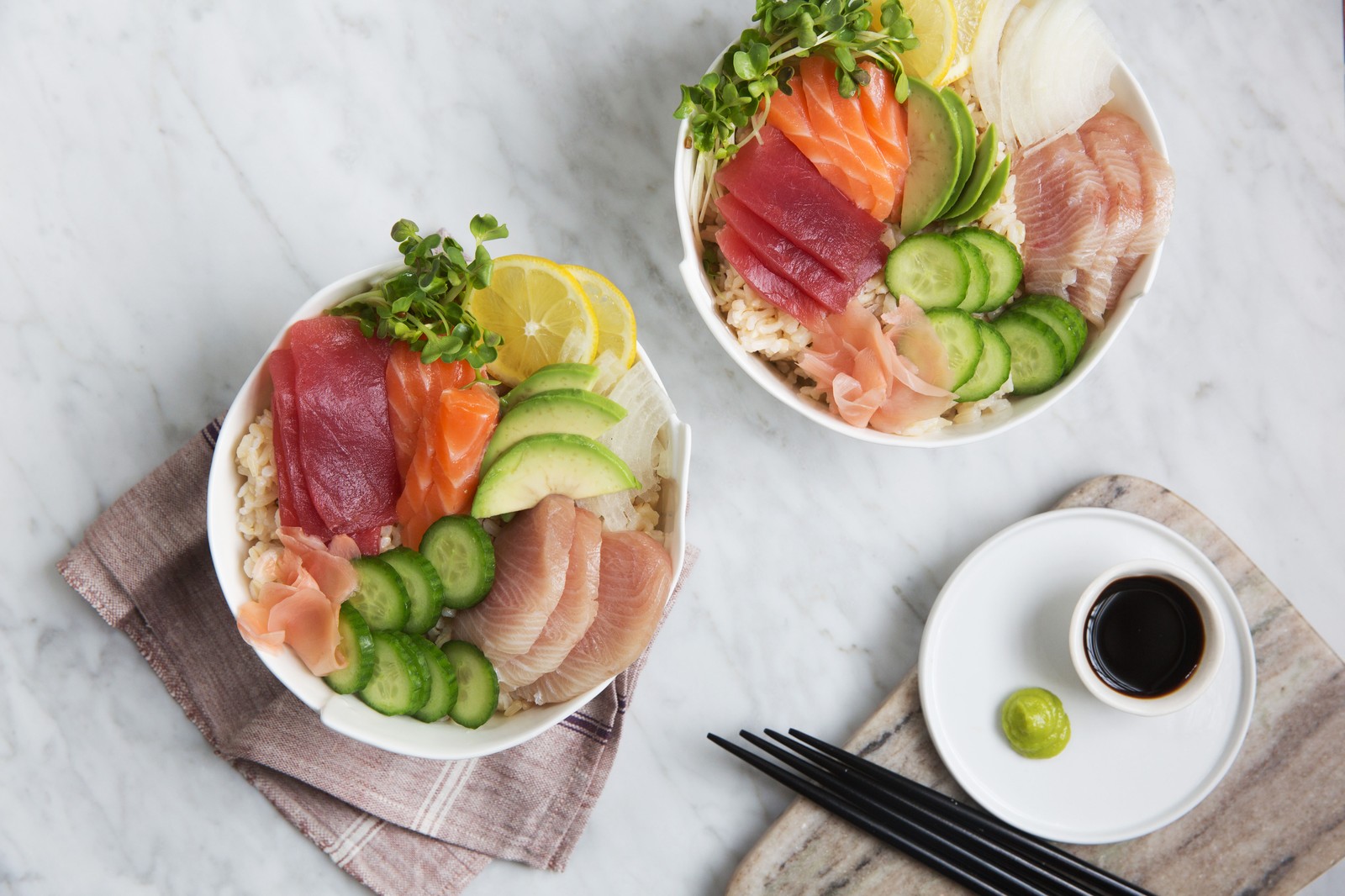
Get your sushi game on with this no fuss “scattered sushi” or chirashi bowls. All you need is rice, veggies / fish & your fave chopsticks.
The literal translation of sushi is “it is sour” and a major component of it is traditional Japanese sticky rice. It differs from sashimi which means “pierced flesh” & consists of slices of raw meat. Sushi meat can be cooked or raw & its main ingredients vary from vegetables, raw & cooked fish, various kinds of seafood & even the occasional chicken or beef meat.
Contrary to popular belief, Sushi has Chinese origins & has been pleasing hungry folk since the 8th Century. It was initially used as a way to preserve fish between vinegared rice which was discarded once the fish was eaten. It was the Japanese though who were responsible for eating the rice & fish together, like we do today. For centuries sushi remained a street snack for them till the Second World War after which it became part of the indoor Japanese restaurant experience in the Western world.
The main types of sushi are:
Nigiri – where the meat lies flat on top of the rice
Maki – a popular seaweed roll like the Dragon roll & the California roll
Uramaki – an inverse seaweed roll
Temaki – a conical seaweed roll
Chirashi or chirashizushi – a bowl of scattered sushi & our current love
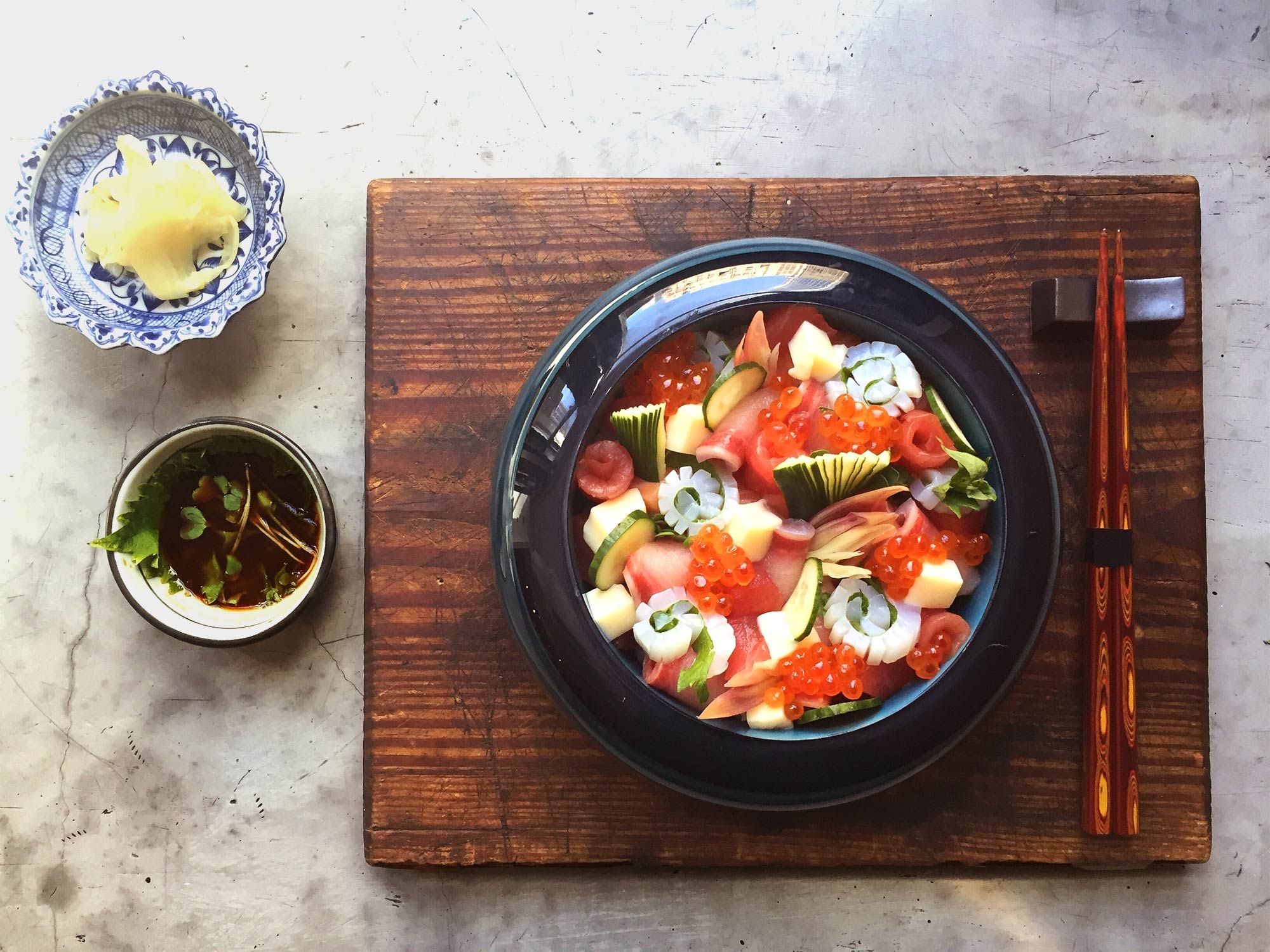
Image: saveur.com
Chirashi (ちらし寿司) is a rice bowl with seafood traditionally eaten during The Doll Festival (Hinamatsuri) in Japan. A popular homely dish, it is fast gaining popularity for its simplicity. Recent times have seen chefs adding their own twist to this deceptively simple dish as while making it, you control what you put in. You can easily turn your Chirashi into a sumptuous, healthy meal without the fear of adding too many ingredients! Read on to know just how.
Rice
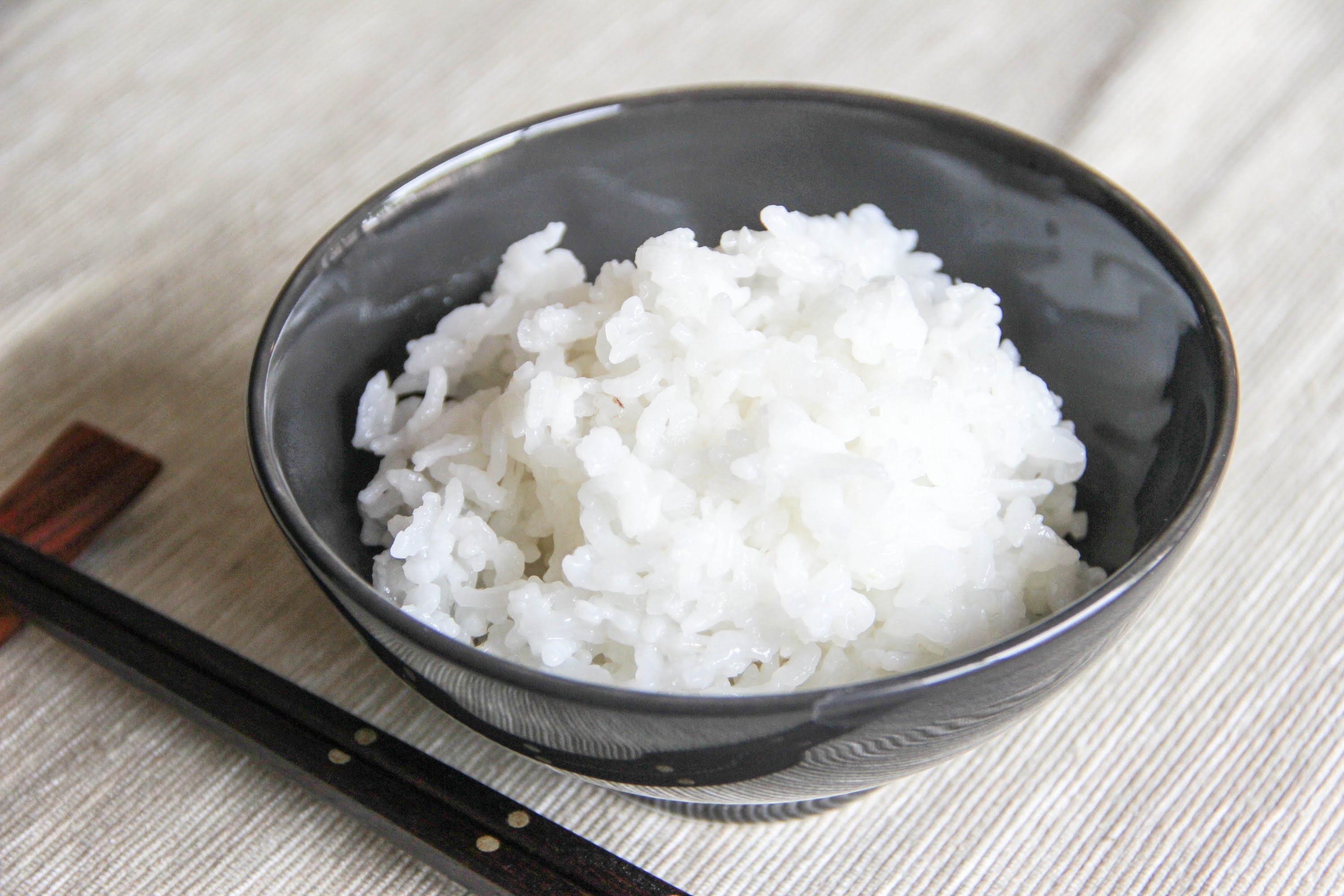
Image: Japanesecooking101.com
Japanese rice is short-grain rice which is sticky after preparation. This is a staple of the Japanese diet. It’s known as sushi rice outside Japan & is also used for making sake. Chirashi essentially has two components: the rice & the seafood. For the rice, all you have to do is cook, add a mix of salt, sugar & rice vinegar and let it cool in a shallow bowl. This mix of rice with vinegar is called sumeshi. You can even add sushi vinegar & you can procure your own Japanese ingredients here.
Vegetables
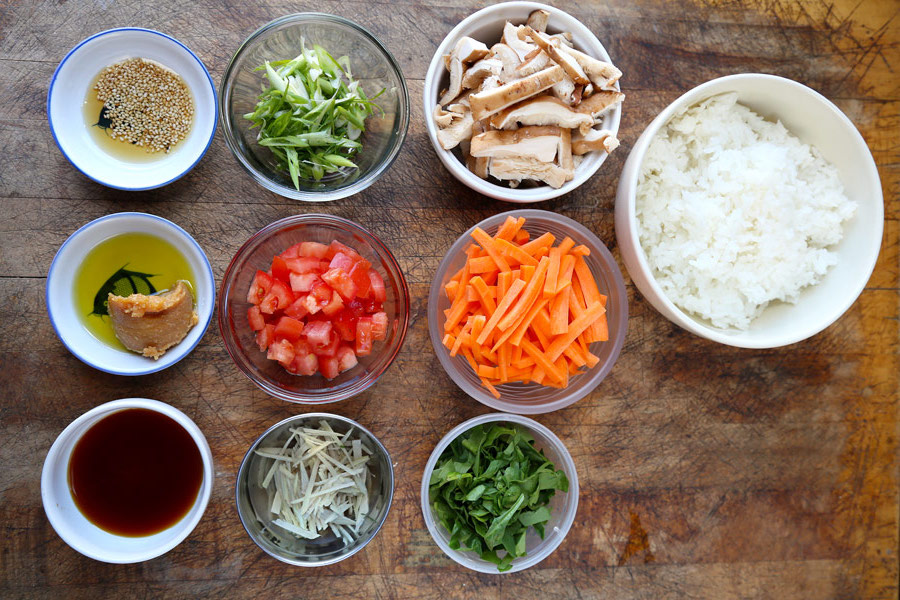
Image: pickledplum.com
The advantage of being your own sushi chef is that you’ll always know exactly what your tastebuds need. Be it julienned carrots & cucumbers or shiitake mushrooms tossed with scallions, some soy bean sprouts or snow peas for crunch, it’s all in your hands. If you prefer to sauté your vegetables, throw in some ginger paste & add sesame seeds for a little zing. And if you’re feeling flowery, add lotus stems to your dish after a bit of boiling.
Tamagoyaki (Rolled Omelette)
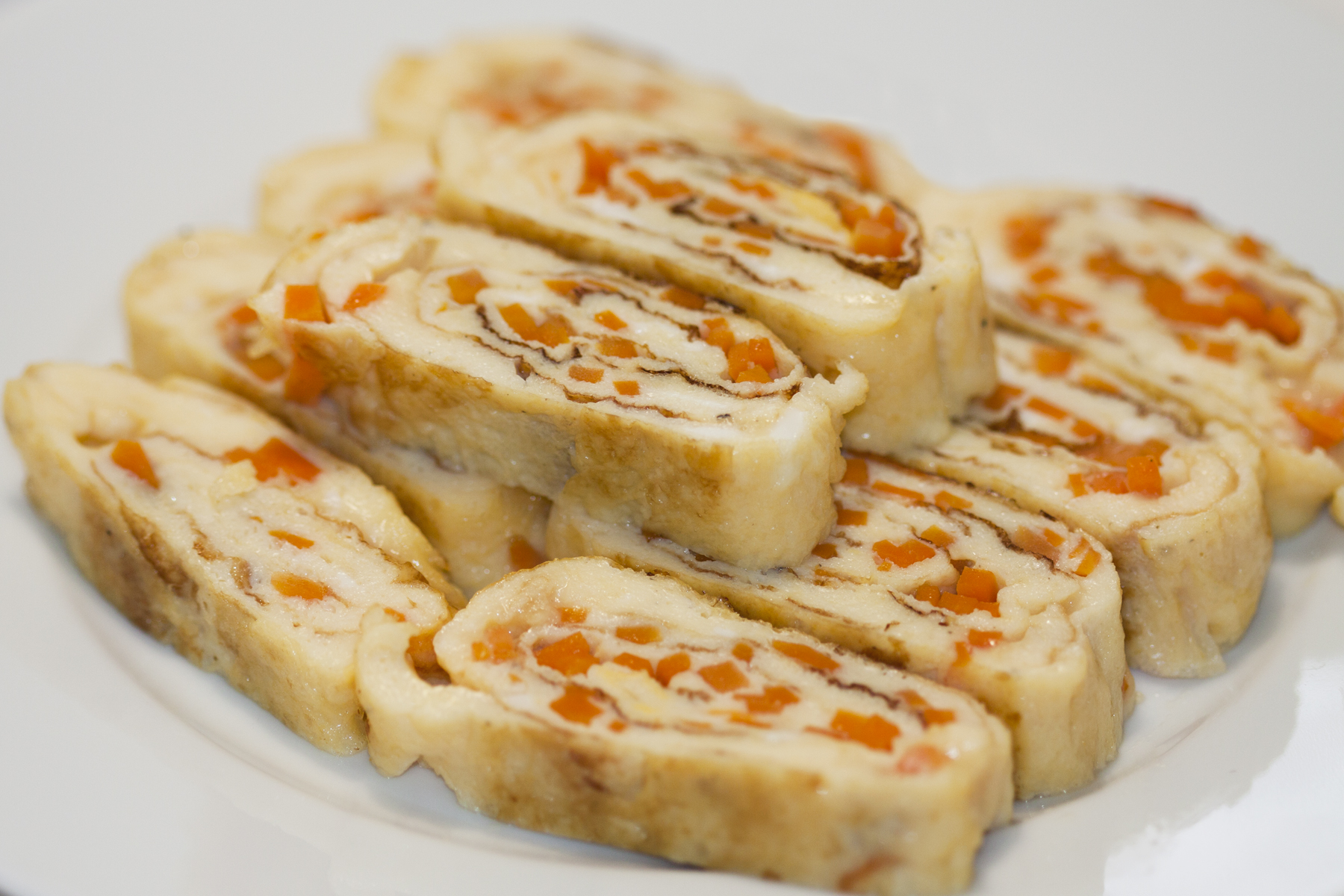
Image: veroathome.com
Tamagoyaki is Japanese hand-rolled omelette which is sliced up & put on top of the sumeshi. It’s quick to make, you just have to add a bit of vinegar, sugar, salt & soy to the egg mix before putting it onto the pan. We’re aiming for a thin omelette here so spread it around & turn it over when done. Roll up the omelette and slice. That’s how you get the perfect spirals in a jiff. Add it to your chirashi & enjoy your protein-filled meal.
Seafood
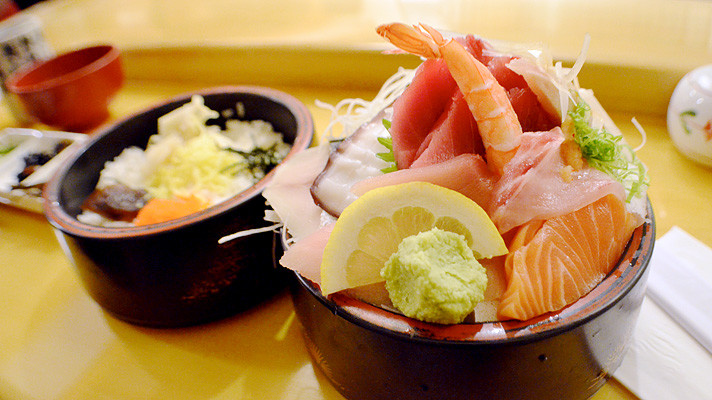
Image: discoverlosangeles.com
Chirashizushi is a versatile dish, but the seafood is how you up the ante. From sashimi to salmon roe & other underwater delicacies, this is a bowl wherein you can have it all. If you’re a fan of raw fish, the sashimi to add on would range from prawns, crab, scallops, salmon & the holy grail – fatty tuna. For the brave, your options include eel, octopus & the sea urchin too. Now if you have your caviar sources sorted, you can add a dollop, otherwise salmon roe will do the trick. But if you’re skittish about all the raw meat, you can lightly or completely cook the fish to keep your worries at bay.
Stevie’s Secret Tip: Serve the chirashizushi with wasabi. Soy sauce is optional. And if sushi without seaweed doesn’t feel right, you can always chop up some nori & add it to your umami wonder.
There are many variations online on how to adapt chirashi to your personal diet & palate. Though you won’t find it that easily on a restaurant menu, there’s really no reason not to get a regular umami hit in your own kitchen. One of the simplest yet most flavourful home-cooking dishes we’ve come across, this is sure to become our staple in no time at all.
Featured Image Courtesy: saltandwind.com

